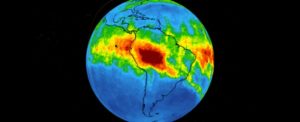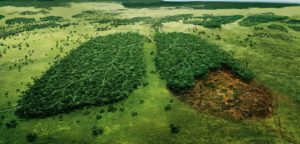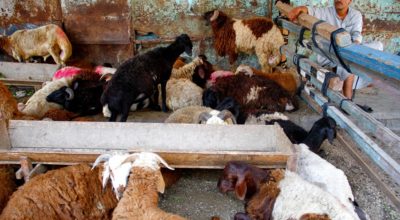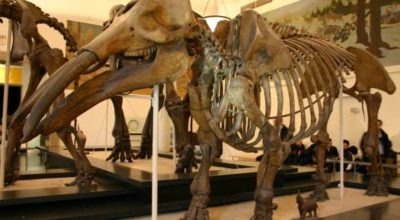The Amazon rainforest fires are currently one of the most debated topics around the world.
According to the program director of non-profit organization Amazon Watch, Christian Poirier, a significant amount of these fires were lit by humans as the rainforest cannot catch fire easily in the dry season, which indicates that the fires were sparked by cattle ranchers and farmers who have been known to use fire to clear areas, farm lands and graze their cattle.
This specific incident has gained a lot of media and public attention, as if it were the first fire to occur in the area, which is not the case. In 2019, Brazil’s National Institute for Space Research reported 72,843 fires in Brazil, of which a vast majority occurred in the Amazon.

VIA NASA
The Amazon, the world’s largest rainforest stretches across eight nations, covering an area of 5.5 million km². Also, it is the home to many species, such as amphibians, reptiles, mammals, and birds, which indicates that the lives of these species are in danger.
Whether people agree or not on the cause of the fires, it is essential to find a solution for this disaster. CNN reports that the Amazon produces around 20% of the planet’s oxygen, which proves that if these fires continue to spark, we will be putting our lives at risk.
These fires come at a time where climate change and global warming are a concern for many, as various environmental activists are calling for change. The impact of these factors has been increasing significantly over the past decade, as the ice caps are melting, temperatures are increasing, sea levels are rising, and storms and hurricanes are getting stronger.

VIA IUCN
Brazil’s President, Jair Bolsonaro declared on Friday that he will be sending 43,000 troops to fight the threatening disaster. In addition, various celebrities and public figures tried to tackle the situation by raising awareness about what is happening to the lungs of the earth, and inform people about the negative impact of their actions.
Amazon forest expert, Dan Nepstad argued that the Amazon rainforest isn’t actually the lungs of the world. Nepstad said “There’s no science behind that. The Amazon produces a lot of oxygen but it uses the same amount of oxygen through respiration so it’s a wash.”

VIA Medium
He added that the Amazon produces a vast amount of oxygen, as well as cattle pastures and soy farms. While tropical forest ecologist and chief program officer with the Rainforest Alliance, Nigel Sizer stated that soy production and cattle ranching contribute for 80% to 90% of tropical forests losses around the world.
The debate and controversy regarding these aspects and solutions provided is inevitable, but people should start acting responsibly, reduce their water waste, use renewable energy, and fight deforestation.




























